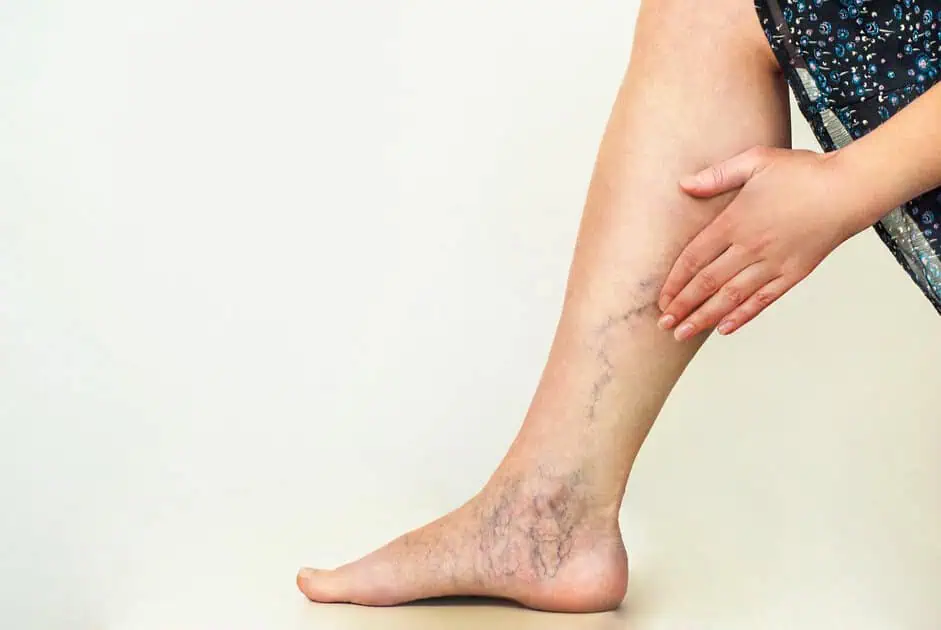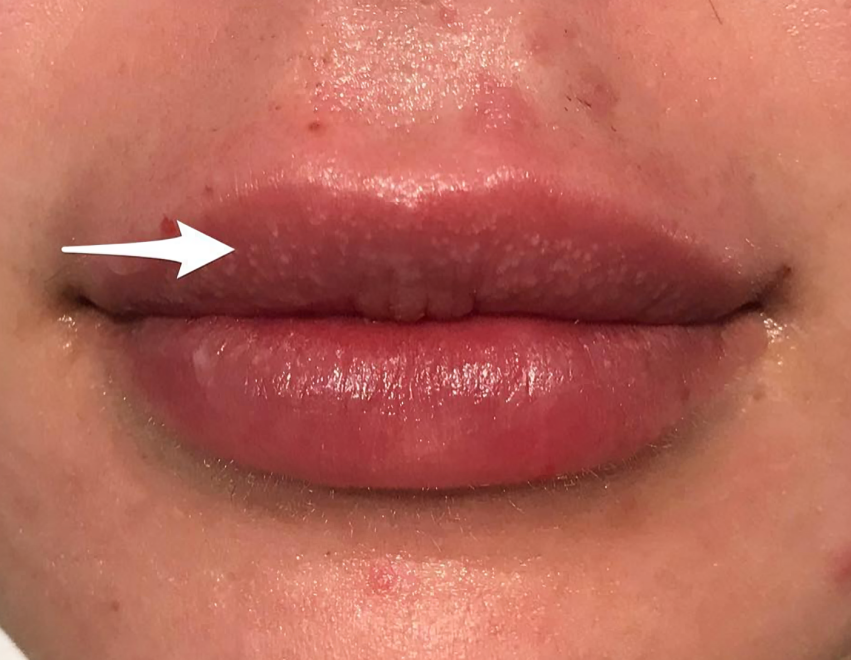Aesthetic treatments by design are meant to change your face, mainly dermal fillers—these can change your face’s contour. While most patients are satisfied with the results of dermal fillers, some find the change too drastic or have other reasons and would want to undo it. Using injectables like dermal filler is not a perfect science, and some patients react differently to the treatment, which is why dissolvers exist.
If you are patient enough, dermal fillers, mainly hyaluronic acid fillers, dissipate on their own. Your body’s processes and metabolism will naturally degrade and absorb the hyaluronic acid over time. However, waiting could feel like an eternity, and you’d have to wait for at least 6-12 months before they entirely dissipate.
If you are dissatisfied with the results and want them removed, there’s an option for you, which is the Hylenex dissolver. Wherever the Hyaluronic acid is placed, applying hyaluronidase speeds up the degradation process and reduces the plumpness in just days. But is it really as simple as that?
To find out, know the facts of what hyaluronidase is and how it affects you.
What Is Hyaluronidase?
Hyaluronidase is a type of enzyme that breaks down hyaluronic acid. It is found in the synovial fluid of the joints and is used to dissolve the extracellular matrix.
Hyaluronidase has been used in various medical procedures for several decades now. The enzyme can be injected into a joint to dissolve an extra-articular hyaluronic acid, which can then be flushed out with a saline solution or a local anesthetic.
Injecting hyaluronidase into joints has been used to treat osteoarthritis, rheumatoid arthritis, and other types of arthritis. The enzyme has also been used in cosmetic procedures to dissolve dermal fillers.
How Does It Work?
Hyaluronidase breaks down hyaluronic acid by catalyzing the hydrolysis of hyaluronan into smaller fragments. It is a member of the hyaluronidase family and is classified as a proteolytic enzyme.
Breaking down hyaluronic acid can be broken down into three steps: hydrolysis, fragmentation, and degradation. The first step is when the enzyme breaks down the bonds between hyaluronic acid molecules through hydrolysis. This produces smaller fragments that can then be degraded by other enzymes or broken apart by mechanical action. Hyaluronic acid consists of long chains of molecules called monosaccharides linked together by phosphodiester bonds.
When hyaluronic acid is broken down into its constituent parts, it becomes a mixture of short chains of simple sugars, 3-deoxy-d-glucuronosyl units, and 4-deoxy glucuronate—a degraded form. Finally, when broken down into small fragments, the body degrades and absorbs them, completing the three steps.
When Will You See The Results?
The results of hyaluronidase breaking down the hyaluronic acid in dermal fillers will take time. But it is very short compared to how long it takes hyaluronic acid to work and produce volume. Degradation of hyaluronic acid is much faster and easier than how your body produces hyaluronic acid.
After injecting hyaluronidase, the effects will start immediately, and the action of degradation occurs within one to two days. Its half-life is relatively short, lasting for two minutes, but its long-lasting effects undo the filler, so you may notice that it’s less apparent two days after the injection.
Some patients may feel discouraged when they initially see that their symptoms are confused due to swelling. The swelling should settle in the coming days, allowing for more significant improvements within two days.
Efficacy Varies
For the most part, hyaluronidase works well, but all fillers are different. Some fillers are formulated differently; some have built up over time, some may have integrated themselves deep into the skin tissue, or some may exist in areas we can’t see. These difficulties may persist so that you may need more than just one session.
Sometimes small bumps on the skin might not be noticeable until they grow into larger nodules or broad filler areas. In these cases, the filler will gradually break down into smaller sections where one can tell there was still some left in other spots. On top of that, the older built-up dermal filler may be left untouched, and the body’s natural hyaluronic acid is instead affected.
Caution Is Needed
Although your provider relies on the hyaluronidase effectiveness, they still need to be cautious in their approach. As your provider goes through the process with you, they carefully observe your body’s response and give further advice on the next step based on the perceived outcomes.
How much treatment you need will be determined by your provider. They will depend on checking the outcomes, weighing risks and benefits, limiting the side effects of the treatment, and finally asking for your input on whether you are satisfied or not.
Risks Of Hyaluronidase
As dermal fillers often have side effects, hyaluronidase is also a potential cause for concern. It may cause discomfort, swelling, redness, bruising, and allergic effects.
Before a patient is exposed to hyaluronidase, the provider will first perform a patch test to ensure that there will be no complications from allergic reactions. Hyaluronidase compound exists in certain wasps and bee stings, and people allergic to those insects may experience severe allergic reactions when exposed.
So unless there is no medical history related to it or the individual passed the patch test, then your provider will proceed to inject the hyaluronidase formula.
Injecting hyaluronidase has to be a slow process, and it must not be hurried. Your provider will have to appropriately balance the amount needed, apply it slowly in stages, and choose how often the patient needs it. However, on rare occasions, there is still a possibility that the patient’s response is not ideal and is beyond our control. While it is infrequent, there’s always that possibility that you have to keep in mind.
How Often Can You Repeat The Treatment?
If there’s a possibility that you may need re–treatment, hyaluronidase can be reapplied as soon as two days. However, your provider may recommend at least waiting for a full one to two weeks to see the complete after-effects of the hyaluronidase treatment.
Takeaway
If you are interested in removing the effects of dermal filler, consider the dissolver hyaluronidase. Make sure to contact and reach out to our clinic, The Best Injector. We also offer services to help you achieve your aesthetic goals through injectables.







